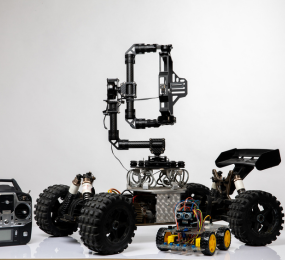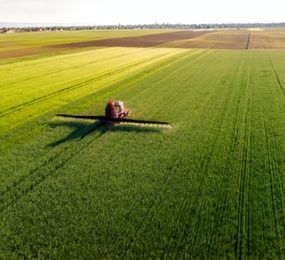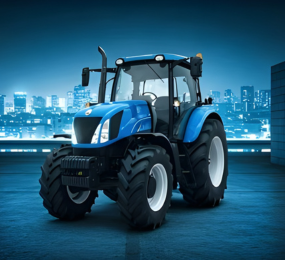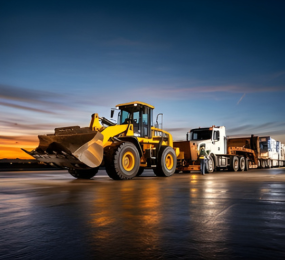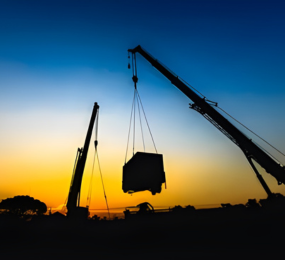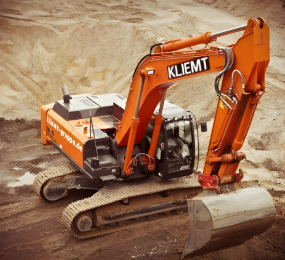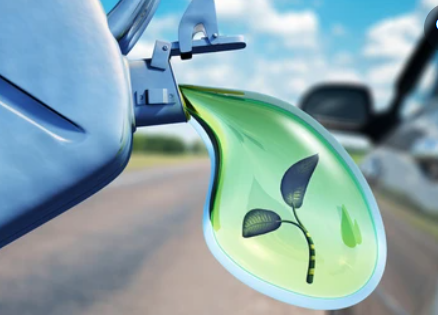Non-Road Mobile Machinery: Powering Progress, Responsibly
When people think of emissions or pollution, their minds often go straight to cars and factories. But behind construction sites, ports, mines, and farms lies an often-overlooked contributor to carbon emissions: non-road mobile machinery (NRMM). These include bulldozers, cranes, tractors, harvesters, airport ground support equipment, and more—machines essential to economic development but typically powered by diesel engines.
As the global conversation around climate action deepens, NRMM is entering the spotlight. The challenge is clear: how do we maintain productivity in critical industries while drastically reducing environmental harm?
The answer is emerging through innovation, policy, and a growing commitment to sustainability.
Why NRMM Matters in the Climate Equation
NRMM plays a central role in infrastructure and agriculture—two sectors that shape economies and livelihoods, especially in developing countries. But these machines are also notorious for their high fuel consumption and outdated engine technologies. Unlike road vehicles, NRMM often escapes strict emission regulations, making it a hidden yet significant source of local air pollution and greenhouse gases.
In Europe, for example, NRMM accounts for roughly 15% of total transport emissions. That’s not negligible—and it’s why forward-looking strategies are now aiming to cut NRMM emissions through electrification, cleaner fuels, and tighter regulation.
The Shift Toward Electrification and Cleaner Fuels
Manufacturers and project operators are rethinking how these machines are powered. Battery-electric excavators, hybrid loaders, and hydrogen-fueled tractors are no longer prototypes—they’re entering commercial use.
This shift is being accelerated by a combination of market demand, urban emission limits, and climate policy frameworks. Cities like Oslo and Amsterdam are piloting zero-emission construction sites, requiring electric machinery as part of procurement
rules. Equipment manufacturers are investing in next-gen technologies to meet both environmental and performance goals.
However, it’s not just about swapping diesel for batteries. Infrastructure—like charging stations and maintenance facilities—must evolve too, especially in remote work environments where NRMM is often deployed.
Opportunities in Policy, Innovation, and Skills
Governments are tightening emissions standards, pushing for transparency in environmental reporting, and supporting innovation through green funds. At the same time, operators are being trained on energy-efficient operation techniques, safety standards, and digital controls that optimize performance.
This sector also presents huge opportunities for job creation and green upskilling, particularly in emerging markets. As companies transition to cleaner machinery, new roles in diagnostics, retrofitting, and tech integration are emerging.
Takeaway Point:
Non-road mobile machinery is finally getting its place in the sustainability conversation. Through electrification, smarter design, and policy alignment, this sector is poised to contribute meaningfully to climate goals—without sacrificing the power and productivity that drives progress on the ground.
Learn more on our website: https://www.leadventgrp.com/event/2nd-annual-non-road-mobile-machinery-electrification-and-decarbonization-forum/register
For more information and group participation, contact us: [email protected].
Leadvent Group - Industry Leading Events for Business Leaders!
www.leadventgrp.com | [email protected]





